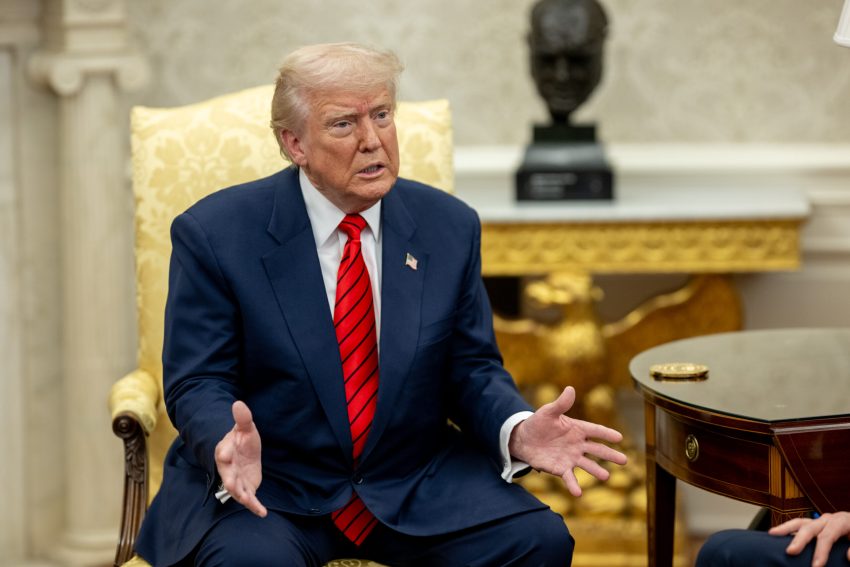The Trump administration has set the stage for one of the most aggressive protectionist eras in modern U.S. history, imposing sweeping tariff hikes that have pushed overall rates to levels not seen since the 1930s. From industrial raw materials to consumer electronics, the new measures are designed to fortify domestic manufacturing while sending a clear message to global competitors: the United States is reclaiming its economic leverage.
Historic Tariff Levels
In a move that has already rattled international markets, the administration rolled out tariffs ranging from 10% to more than 40% on a broad array of imports. The most striking measure—a 100% tariff on foreign-made semiconductors—targets one of the most strategic sectors in the global economy. Exemptions will be granted only to companies producing within U.S. borders, a clear incentive for reshoring high-tech manufacturing.
Supporters argue the policy is a bold stroke in restoring industrial dominance, while critics warn it could trigger retaliatory trade wars, inflate prices, and strain diplomatic relations.
Corporate Clashes
The tariff push has also sparked confrontations with Wall Street. President Trump publicly mocked Goldman Sachs CEO David Solomon—taking aim at his DJ hobby—and called for the bank to replace its chief economist over disagreements on tariff impacts. The very public rebuke underscores the administration’s willingness to challenge corporate giants that question its economic vision.
Economic Gamble
This high-stakes strategy is as much political as it is economic. By pushing tariffs to historic highs, the administration is betting that short-term market disruptions will be outweighed by long-term gains in domestic production and job creation. Yet, economists remain divided, with some predicting a manufacturing resurgence and others warning of slowed growth and consumer price spikes.
Global Ripple Effects
International partners are already bracing for impact. Several Asian and European exporters have signaled potential countermeasures, while trade bodies warn of escalating tensions. At the same time, U.S. allies dependent on access to American markets may find themselves forced into renegotiated trade terms more favorable to Washington.
The Political Undercurrent
With an election cycle looming, the tariff surge doubles as a rallying cry to Trump’s political base. It taps into a narrative of economic nationalism, sovereignty, and resistance to global dependency—core themes that have defined his presidency.
Whether these economic gambits will cement America’s manufacturing revival or trigger costly global retaliation remains to be seen. But one thing is certain: the Trump administration has placed trade policy at the very heart of its power play.
